Home>Garden Essentials>How To Make A Mulch Play Area
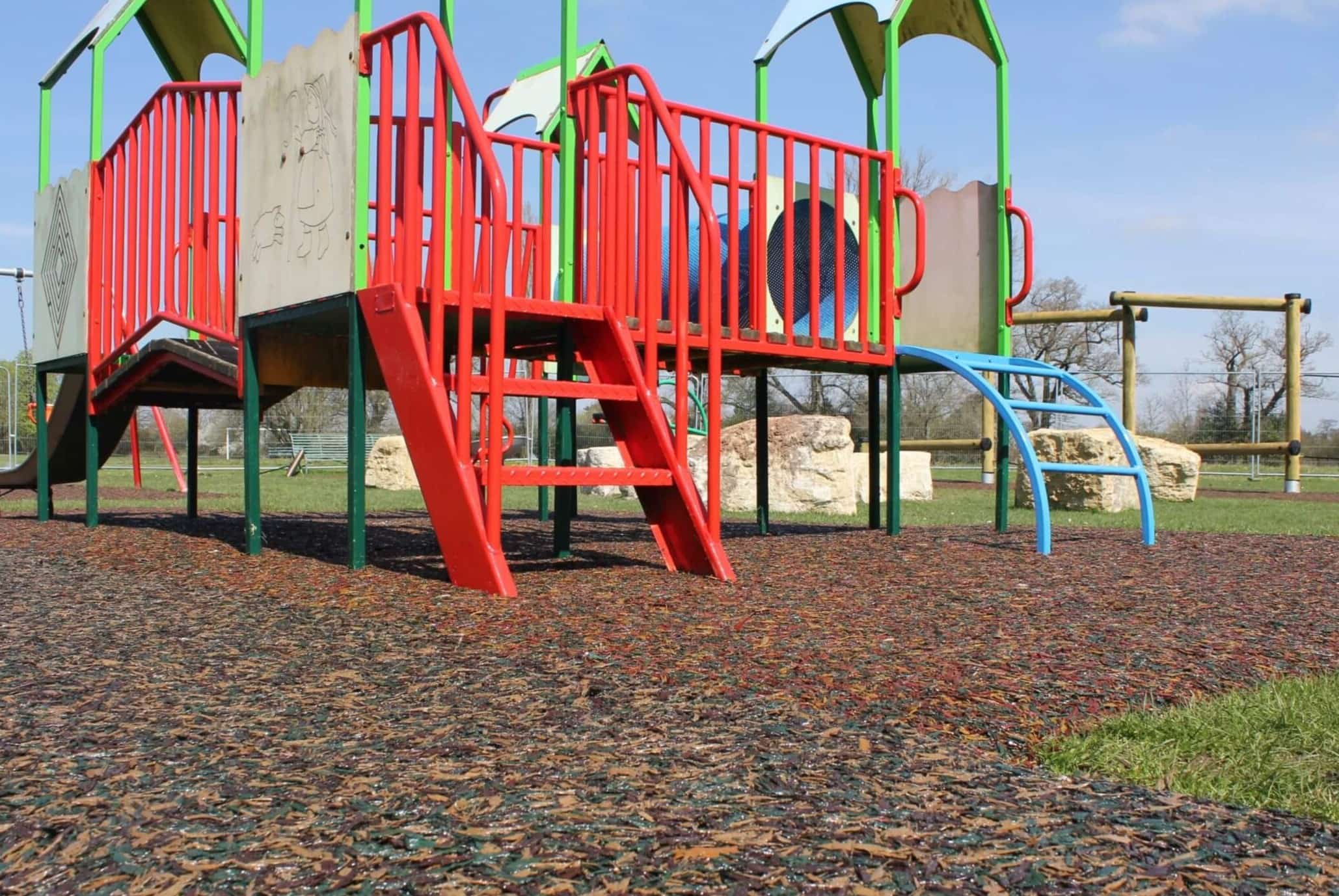

Garden Essentials
How To Make A Mulch Play Area
Modified: March 7, 2024
Create a safe and fun garden play area with mulch. Learn how to make a mulch play area for kids to enjoy in your backyard.
(Many of the links in this article redirect to a specific reviewed product. Your purchase of these products through affiliate links helps to generate commission for Storables.com, at no extra cost. Learn more)
Introduction
Gardening is not just about growing beautiful plants and flowers. It can also be a source of fun and enjoyment for both children and adults. Creating a dedicated play area in your garden can provide a space for kids to explore, learn, and have endless hours of fun. One popular option for a play area is a mulch play area.
A mulch play area is a designated space filled with soft, cushiony mulch that provides a safe and comfortable surface for children to play on. In this article, we will explore the benefits of a mulch play area, how to choose the right mulch, preparing the play area, installing the mulch, maintaining the play area, and safety tips to ensure a fun and safe playtime experience.
Key Takeaways:
- Creating a mulch play area in your garden offers a safe, durable, and fun space for kids to play and explore, with the added benefit of being environmentally friendly and comfortable.
- To make a mulch play area, choose soft and non-toxic mulch, prepare the area by clearing and leveling the ground, install the mulch evenly, and maintain it by regularly inspecting, refreshing, and keeping it clean.
Benefits of a Mulch Play Area
A mulch play area offers numerous benefits that make it an ideal choice for a dedicated play space in your garden. Let’s explore some of the key advantages:
- Safety: One of the primary benefits of a mulch play area is its excellent safety features. The soft and cushiony surface of the mulch helps absorb impact, protecting children from injuries in case of falls or tumbles. Compared to hard surfaces like concrete or asphalt, a mulch play area significantly reduces the risk of serious injuries.
- Durability: Mulch is a durable material that can withstand heavy use and foot traffic. It doesn’t wear down easily, making it a long-lasting option for a play area. This means that you won’t have to worry about constantly replacing or repairing the surface, saving you time and money in the long run.
- Accessibility: Mulch play areas are suitable for children of all ages and abilities. The soft surface makes it easier for young children and toddlers to crawl, walk, and play without the risk of injury. Additionally, children with mobility issues or disabilities can also navigate the mulch play area more easily compared to harder surfaces.
- Comfort: Mulch provides a comfortable and inviting surface for children to play on. Its soft texture encourages kids to spend more time outdoors and engage in physical activities. Whether they’re running, jumping, or sitting on the mulch, children can enjoy a plush surface that feels comfortable underfoot.
- Environmental Benefits: Using mulch in your play area is an environmentally friendly choice. Mulch is typically made from organic materials like wood chips or shredded bark, making it a sustainable option. It helps retain moisture in the soil, reduces weed growth, and improves overall soil health.
These are just a few of the benefits that a mulch play area can offer. By creating such a space in your garden, you give children a safe, durable, and enjoyable area to play and explore, fostering their physical and cognitive development.
Choosing the Right Mulch
When it comes to creating a mulch play area, selecting the right type of mulch is crucial. Here are a few key factors to consider:
- Safety: Choose a mulch material that is soft and cushiony to provide maximum safety for children. Avoid using mulches with sharp or hard fragments that could potentially cause injuries if a child falls.
- Impact Absorption: Look for mulch that has good impact absorption properties. It should be able to cushion falls and reduce the risk of injuries. Mulches made from shredded rubber, wood chips, or shredded bark are popular choices for play areas due to their shock-absorbing capabilities.
- Non-Toxic: Ensure that the mulch you select is non-toxic and free from harmful chemicals. This is particularly important if children will be in direct contact with the mulch while playing. Organic mulch materials, such as wood chips or shredded bark, are generally safe options.
- Accessibility: Consider the accessibility of the mulch play area. If you have children with mobility issues or disabilities, choose a mulch that is easy for them to traverse. Finer-textured mulches, like shredded bark, may work better for individuals using mobility aids such as wheelchairs or crutches.
- Durability: Select a mulch that is sturdy and can withstand heavy use. Mulches made from hardwood or rubber tend to be more durable and have a longer lifespan compared to softer materials like straw or grass clippings.
- Aesthetics: While the safety and functionality of the mulch play area are essential, it’s also worth considering the aesthetic appeal. Choose a mulch color that complements your garden and creates an inviting atmosphere for play. Options like natural wood tones or vibrant, non-toxic dyed mulches are available to suit your preference.
It’s important to note that different regions may have specific guidelines or regulations regarding mulch safety. Make sure to check with your local authorities or seek advice from professionals in your area to ensure compliance.
By taking these factors into account, you can select the right mulch that meets both the safety requirements and aesthetic preferences for your mulch play area.
Preparing the Play Area
Before installing the mulch, it’s important to properly prepare the play area to ensure a sturdy and long-lasting surface. Follow these steps to prepare your play area:
- Clear the area: Start by clearing the designated play area of any debris, rocks, or vegetation. This will provide a clean and level surface for installing the mulch. Remove any existing grass or weeds by using a garden rake or a weed trimmer.
- Define the boundaries: Determine the boundaries of your play area. You can use landscaping timbers, stones, or other edging materials to create a clear and defined border. This will help contain the mulch and prevent it from spreading into other areas of your garden.
- Level the ground: Ensure that the ground is level and even. Use a rake or a shovel to remove any uneven patches or bumps. A level ground will provide a safer and more comfortable surface for children to play on.
- Install a weed barrier: To prevent weeds from growing through the mulch, consider installing a weed barrier. This can be a landscape fabric or a geotextile membrane that allows water to pass through while blocking weed growth. Lay it down evenly across the play area, overlapping the edges to ensure complete coverage.
- Consider drainage: Evaluate the drainage of the play area. If the area tends to hold water or get muddy, it’s advisable to address the drainage issue before laying the mulch. This can be done by adding a layer of gravel or creating a slight slope away from the play area to encourage proper water runoff.
By properly preparing the play area, you ensure a stable and conducive surface for installing the mulch. Taking these steps will help create a safe and enjoyable environment for children to play in.
When creating a mulch play area, make sure to use a thick layer of mulch to provide a soft and cushioned surface for children to play on. Also, regularly check and replenish the mulch to maintain its effectiveness in cushioning falls.
Installing the Mulch
After preparing the play area, it’s time to install the mulch. Follow these steps to properly install the mulch in your play area:
- Calculate the amount of mulch: Measure the length and width of the play area to determine the square footage. This will help you calculate the amount of mulch needed. Keep in mind that a recommended depth for a mulch play area is typically around 6 inches to provide enough cushioning.
- Choose the right mulch: Use the information from the previous section to select the appropriate mulch material for your play area. Opt for a mulch that meets safety standards, has good impact absorption, and is non-toxic.
- Spread the mulch: Start by spreading a layer of mulch evenly across the play area. Use a rake or a shovel to distribute the mulch and achieve a consistent depth. Ensure that the mulch reaches the desired thickness, usually around 6 inches, for optimal safety and cushioning.
- Smooth and level the surface: Once the mulch is spread, use a rake or a garden tool to smooth out any uneven areas and create a level surface. This will help provide a uniform playing surface and ensure that the mulch is evenly distributed.
- Compact the mulch: Gently compact the mulch by walking on it or using a roller. This will help settle the mulch and create a more stable surface for play. Avoid excessive compaction, as it may reduce the cushioning effect of the mulch.
- Inspect the play area: Take a final look at the play area to ensure that the mulch is evenly spread, properly leveled, and free from any debris or foreign objects. Make any necessary adjustments or additions to areas that may need more mulch.
By following these steps, you can successfully install the mulch in your play area. Remember to maintain the recommended depth of mulch and regularly inspect and refresh the surface to ensure the safety and longevity of the play area.
Maintaining the Mulch Play Area
Maintaining your mulch play area is essential to ensure its longevity, safety, and visual appeal. Here are some key tips for maintaining the mulch play area:
- Regularly inspect the mulch: Periodically inspect the mulch play area for any signs of wear, compacting, or displacement. Check for any debris, foreign objects, or sharp edges that may have found their way into the mulch. Remove any unwanted items and redistribute the mulch as needed.
- Refresh the mulch: Over time, the mulch may break down, compact, or decompose. It’s important to regularly replenish the mulch to maintain the proper cushioning and safety of the play area. Add a layer of fresh mulch as needed, aiming to maintain a depth of approximately 6 inches.
- Keep the area clean: Remove any fallen leaves, branches, or other debris from the mulch play area. This will keep the surface clean and free from potential hazards. Regularly rake the surface to ensure an even appearance and to prevent the buildup of organic matter that can attract pests or encourage weed growth.
- Address weed growth: Despite the presence of a weed barrier, some weeds may still find their way through the mulch. Promptly remove any weeds that appear to prevent them from taking root and spreading. This will help maintain the clean and tidy appearance of the play area.
- Monitor moisture levels: Mulch helps retain moisture in the soil, but it’s important to monitor the moisture levels to prevent over-saturation or excessive dryness. Ensure that the play area drains properly and adjust watering accordingly based on the needs of the plants surrounding the play area.
- Protect from pets: If you have pets that play in the garden, consider installing a barrier or fencing around the mulch play area to prevent them from digging or disturbing the mulch. This will help maintain the integrity and cleanliness of the play area.
By following these maintenance tips, you can keep your mulch play area in pristine condition, ensuring a safe, clean, and enjoyable space for children to play and explore.
Safety Tips for a Mulch Play Area
While a mulch play area offers many safety benefits, it’s important to follow additional precautions to ensure a safe play environment for children. Here are some essential safety tips:
- Supervision: Always supervise children while they’re playing in the mulch area. Even with the safety measures in place, accidents can still occur. Constant supervision is necessary to quickly address any potential hazards or situations.
- Age-appropriate equipment: Ensure that the play equipment and toys in the mulch area are age-appropriate for the children using them. Avoid using equipment that is too advanced or complex for their age group, as it may increase the risk of injury.
- Regular inspections: Regularly inspect the play equipment, such as swings, slides, or climbing structures, to check for any signs of damage or wear. Repair or replace any damaged equipment to maintain its safety and functionality.
- Clear play area: Keep the play area clear from obstacles, such as large rocks, tree stumps, or sharp objects, that may pose a tripping or injury risk. Regularly check the play area to ensure it remains free from any potential hazards.
- Proper clothing and footwear: Encourage children to wear appropriate clothing and closed-toe shoes while playing in the mulch area. Loose clothing, jewelry, or sandals can increase the risk of entanglement or injury.
- Sun protection: Provide shade or use sun protection measures, such as hats and sunscreen, to protect children from harmful UV rays. Excessive sun exposure can lead to sunburns and other health issues.
- Establish rules: Establish clear rules and boundaries for play within the mulch area. Teach children to take turns, not to throw mulch or objects at others, and to use the equipment properly. Reinforce these rules regularly to ensure safe play behaviors.
- Regular handwashing: Remind children to wash their hands after playing in the mulch area to remove any dirt or germs they may have come into contact with. This is especially important before eating or touching their face.
By following these safety tips, you can minimize the risk of accidents and create a safe and enjoyable play environment for children in your mulch play area.
Conclusion
Creating a mulch play area in your garden can provide endless hours of fun and enjoyment for children while ensuring their safety. By choosing the right mulch, preparing the play area, and following proper installation and maintenance practices, you can create a safe and inviting space for kids to play and explore.
A mulch play area offers numerous benefits, including improved safety, durability, accessibility, comfort, and environmental advantages. The soft and cushiony surface helps absorb impact, reducing the risk of injuries from falls or tumbles. Additionally, mulch is a sustainable and long-lasting option for play areas.
When choosing mulch for your play area, consider factors such as safety, impact absorption, non-toxicity, accessibility, durability, and aesthetic appeal. Ensure that the mulch material meets safety standards and is appropriate for the play needs of children.
Proper preparation of the play area, including clearing debris, leveling the ground, installing a weed barrier, and addressing drainage issues, is essential for creating a stable and safe surface. Installing the mulch evenly and to the recommended depth provides a cushioning and visually appealing play area.
Maintaining the mulch play area involves regular inspections, refreshing the mulch as needed, keeping the area clean, addressing weed growth, monitoring moisture levels, and protecting the area from pets. These maintenance tasks help ensure the longevity, cleanliness, and safety of the play area.
Lastly, implementing safety tips such as proper supervision, age-appropriate equipment, regular inspections, clear play area, appropriate clothing and footwear, sun protection, established rules, and regular handwashing further enhance the safety of the mulch play area.
In conclusion, a mulch play area is a fantastic addition to any garden, providing children with a safe and exciting space to play and explore. By following proper guidelines for choosing, preparing, installing, and maintaining the mulch play area, you can create a lasting and enjoyable play environment that children will love.
Frequently Asked Questions about How To Make A Mulch Play Area
Was this page helpful?
At Storables.com, we guarantee accurate and reliable information. Our content, validated by Expert Board Contributors, is crafted following stringent Editorial Policies. We're committed to providing you with well-researched, expert-backed insights for all your informational needs.

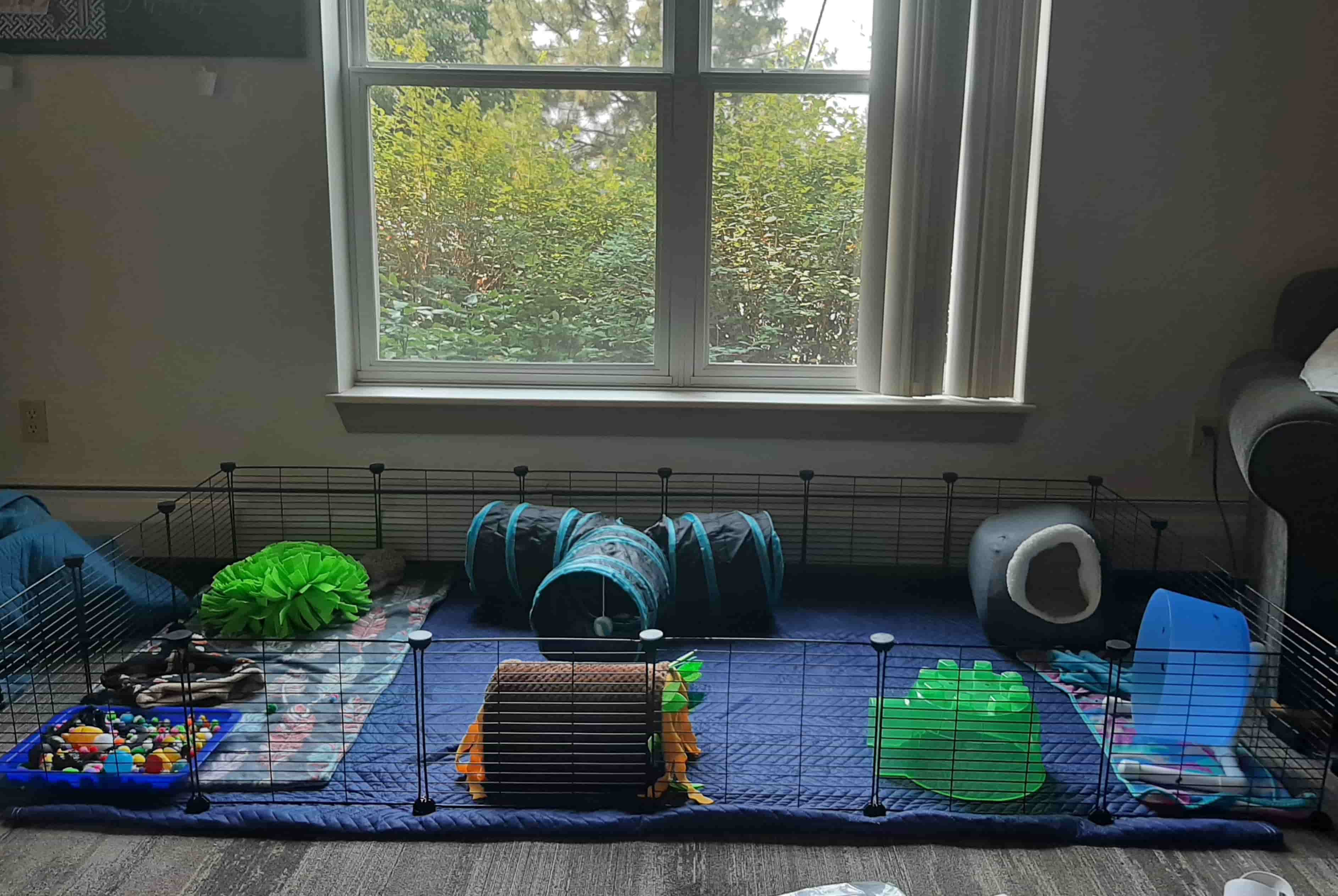
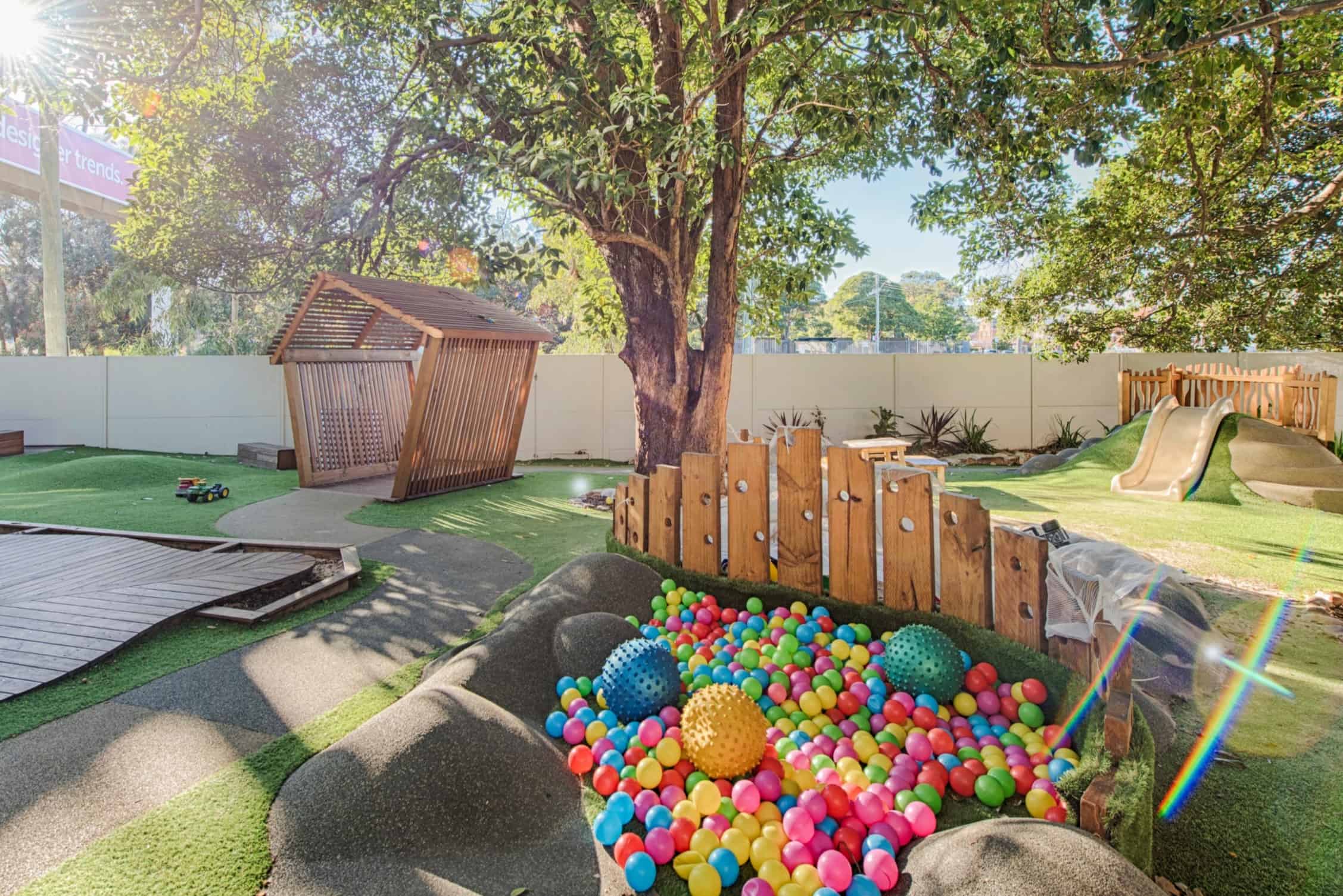

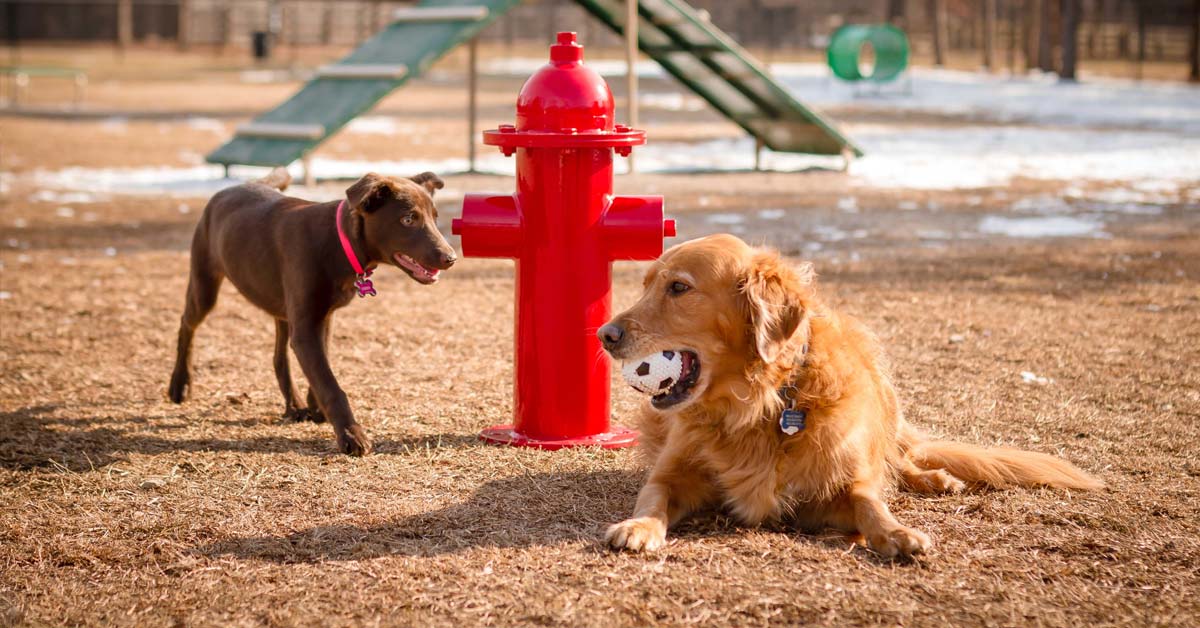

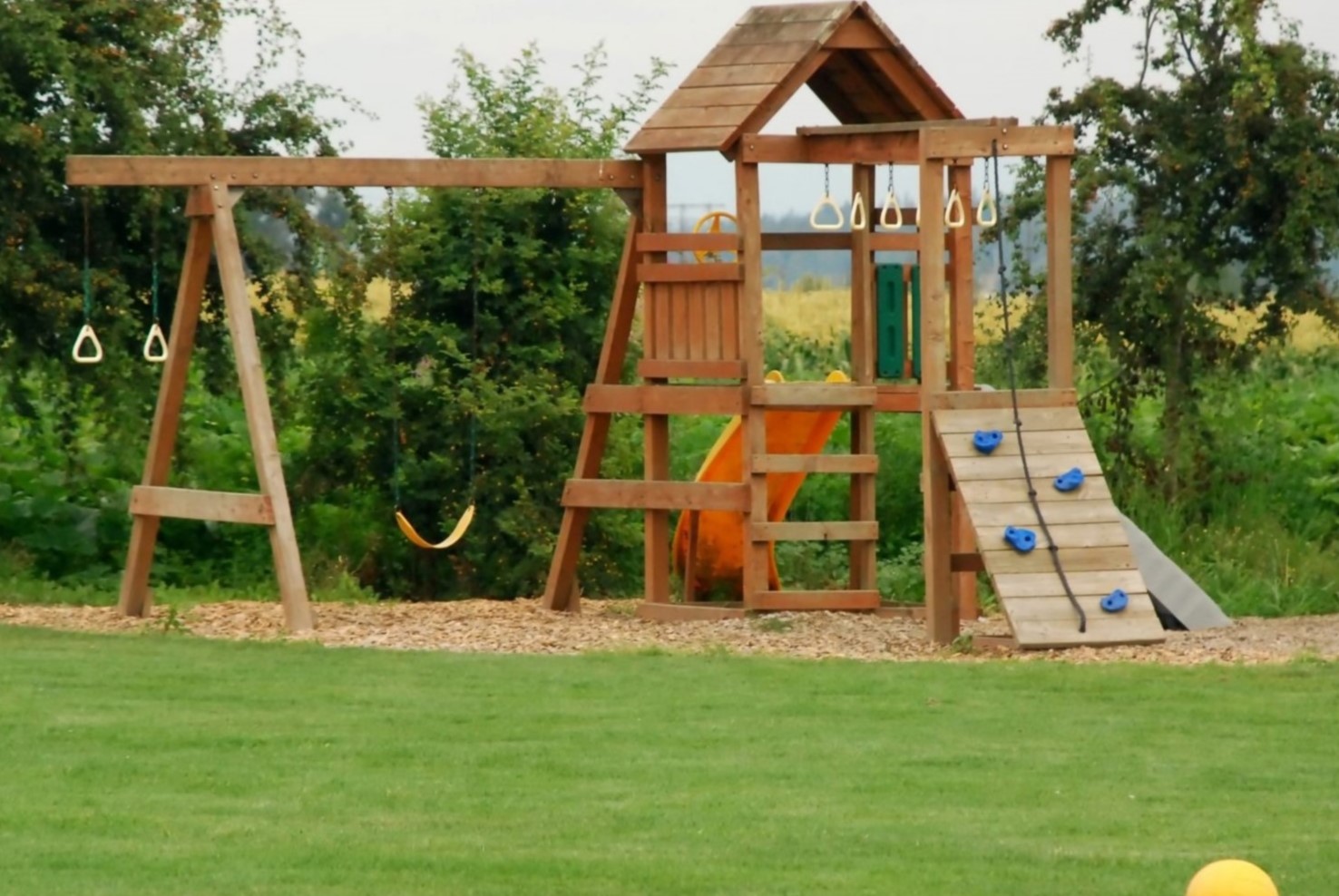
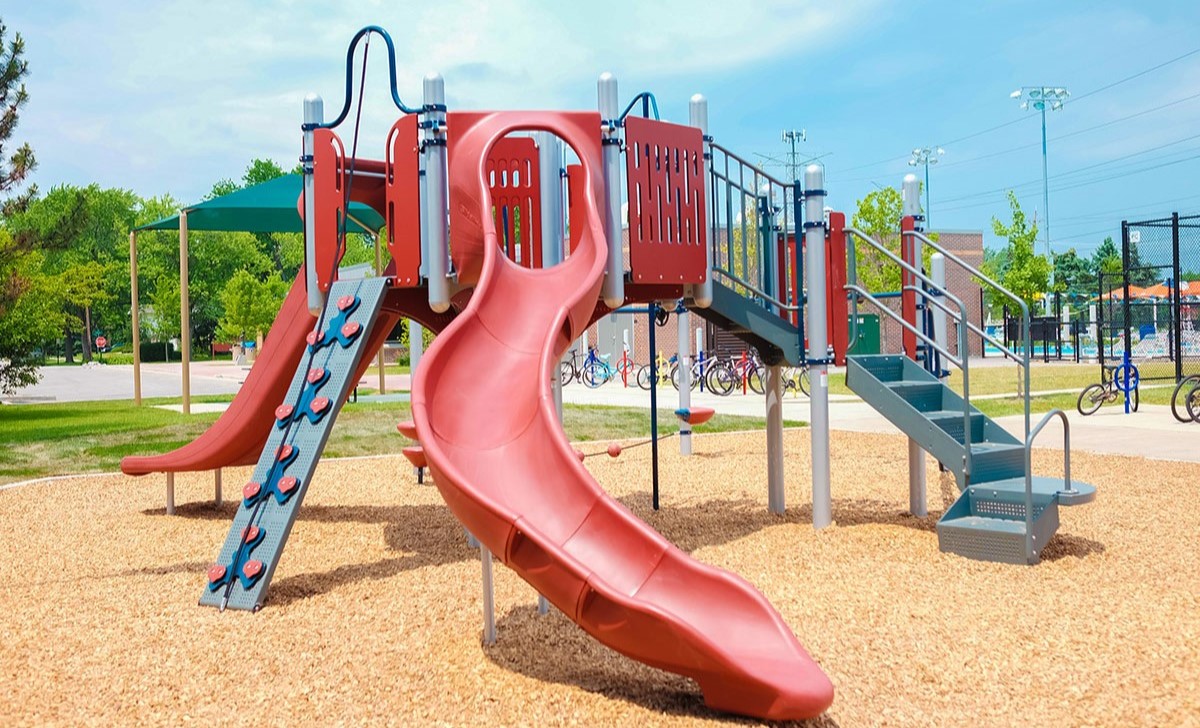

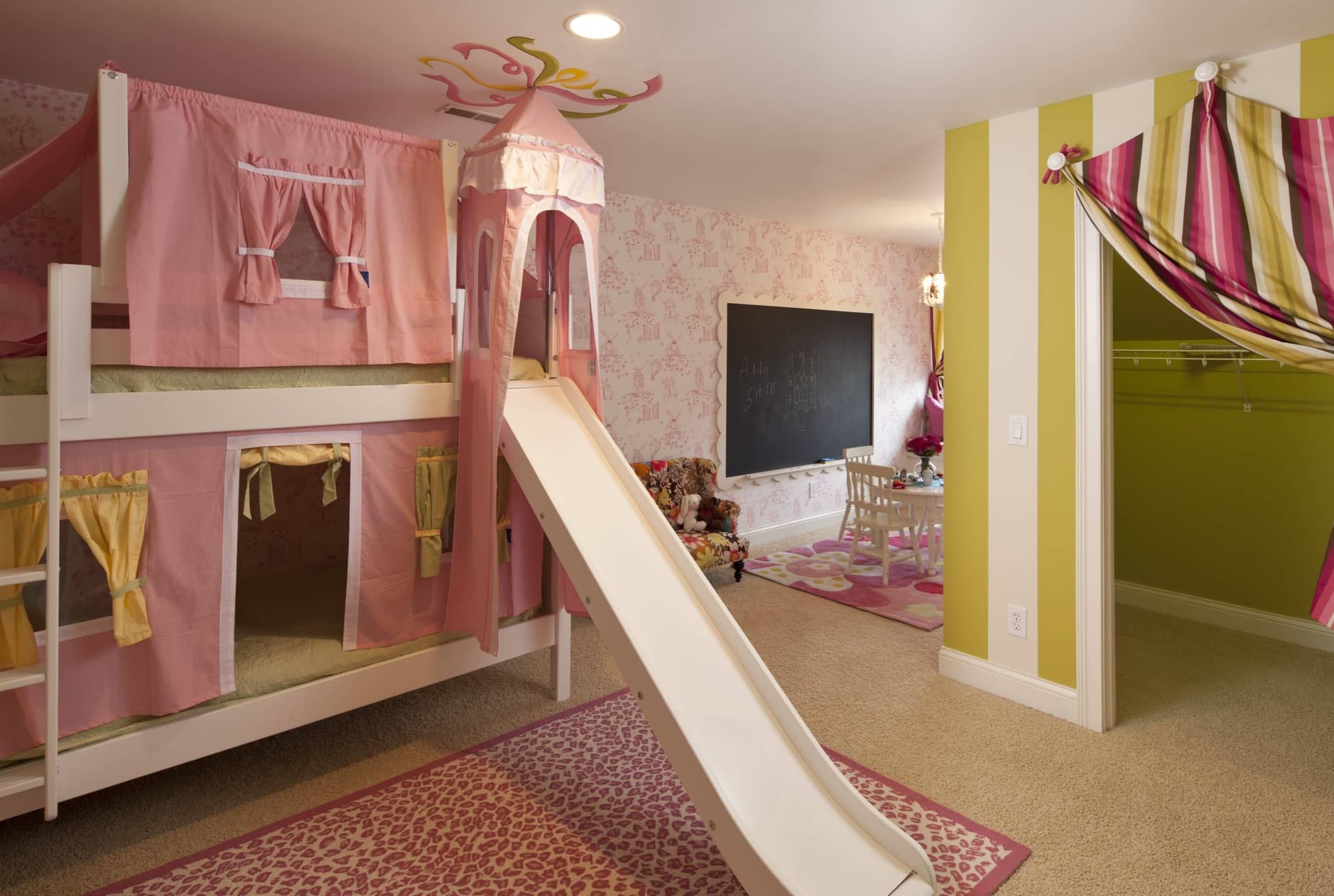
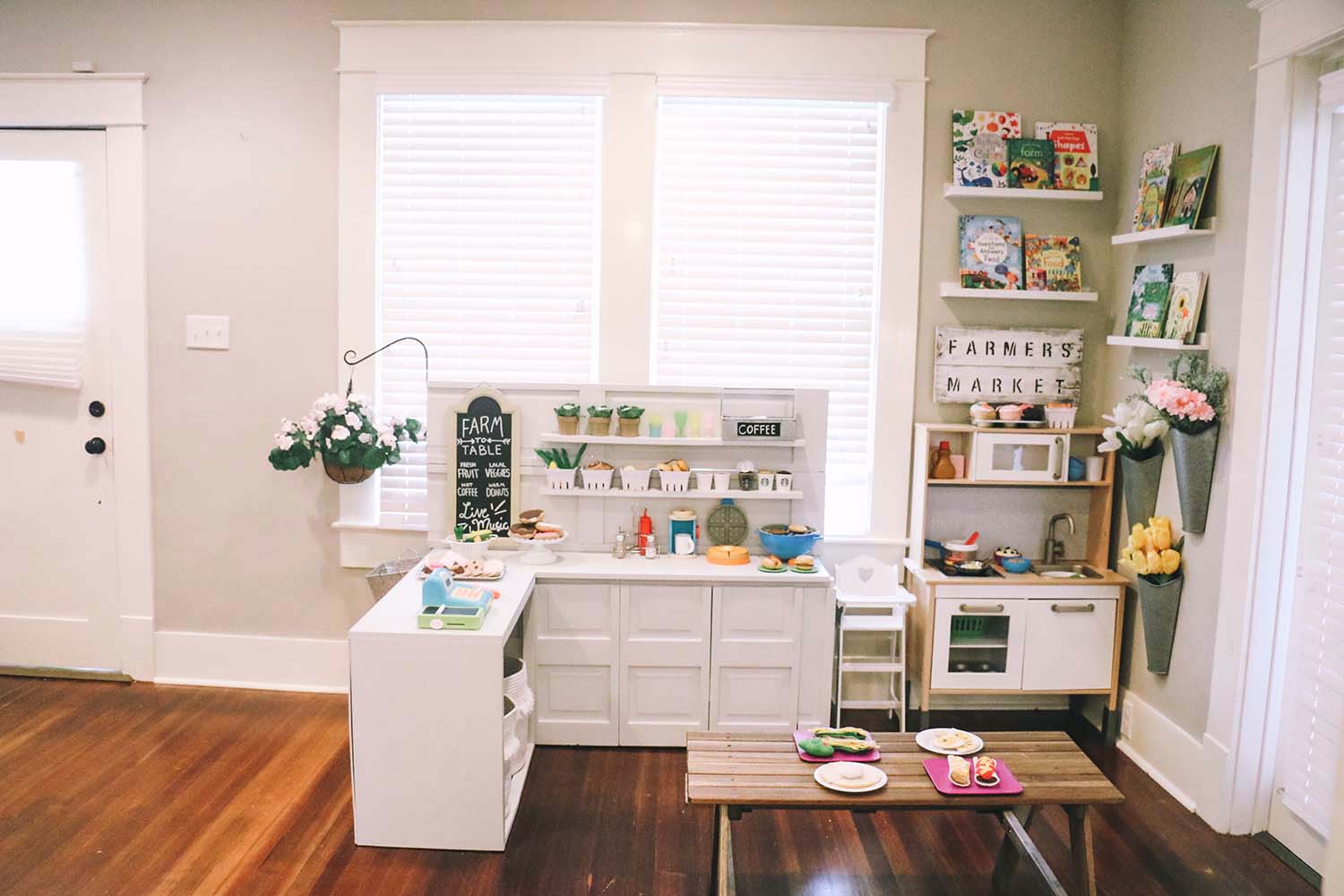
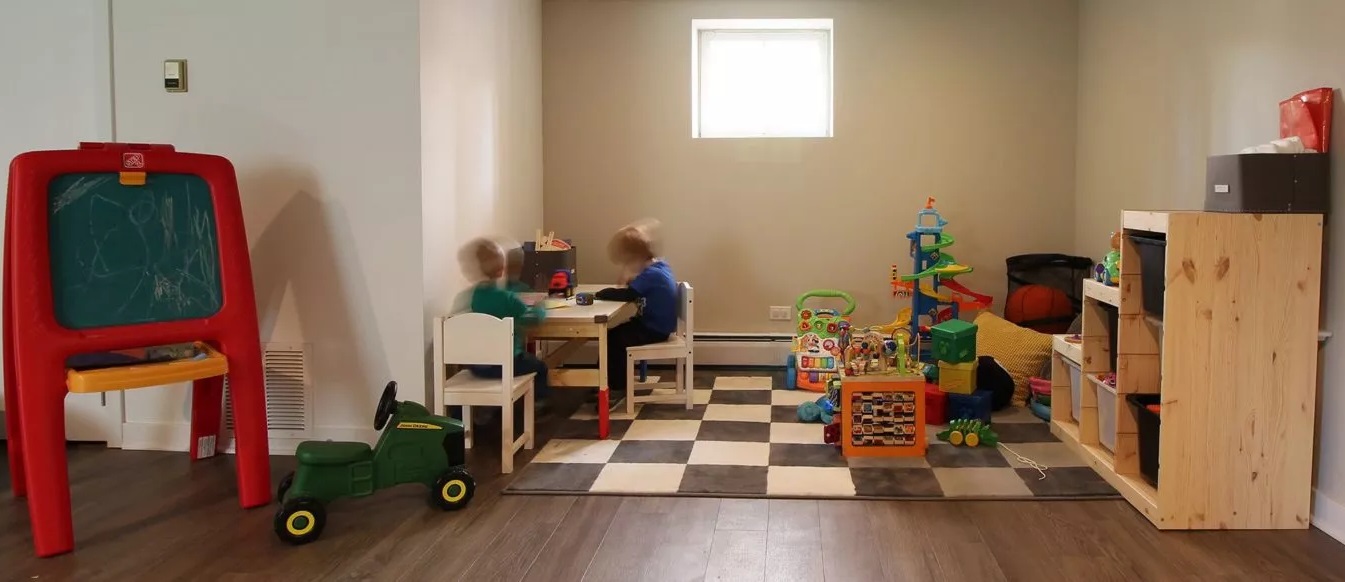
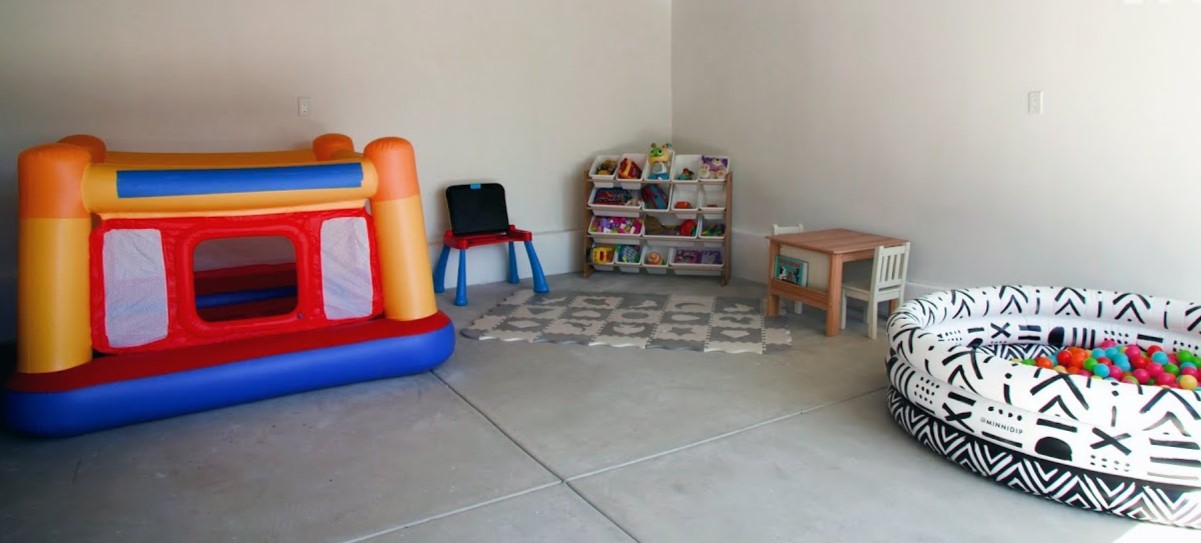
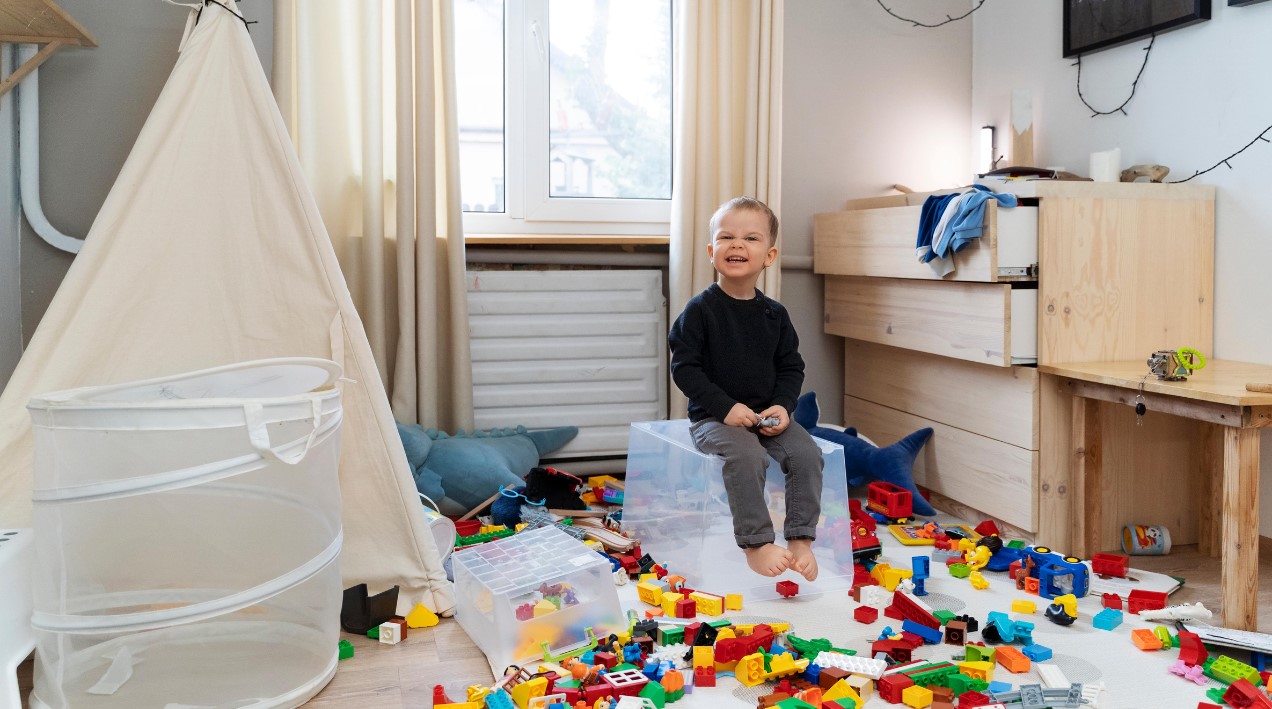

0 thoughts on “How To Make A Mulch Play Area”